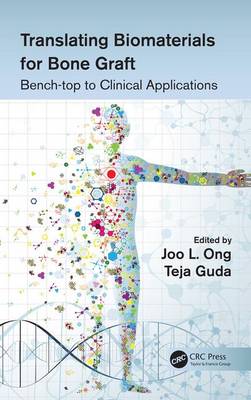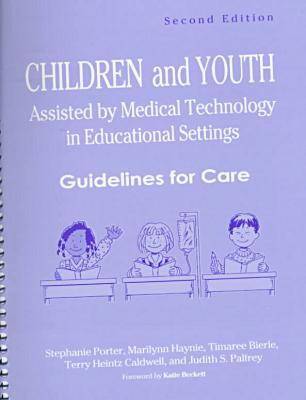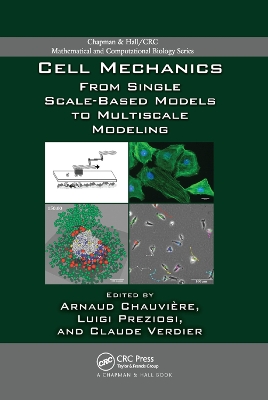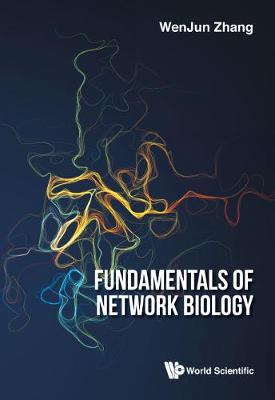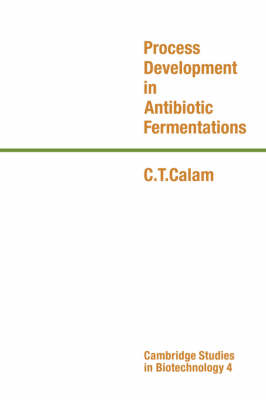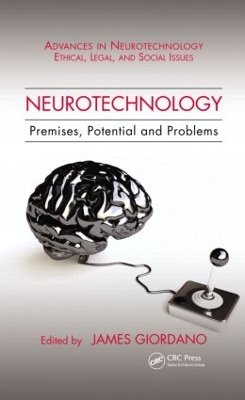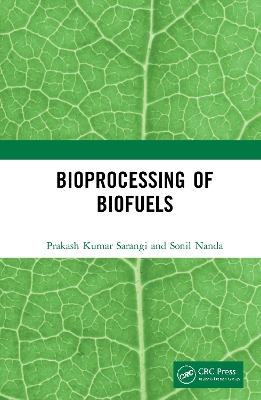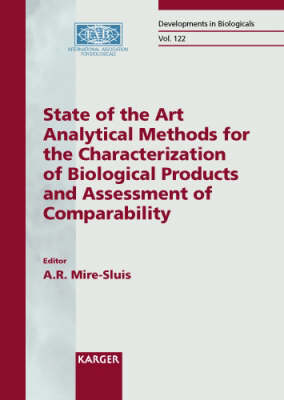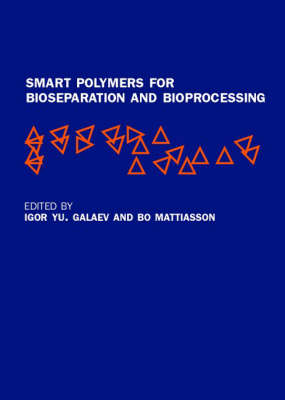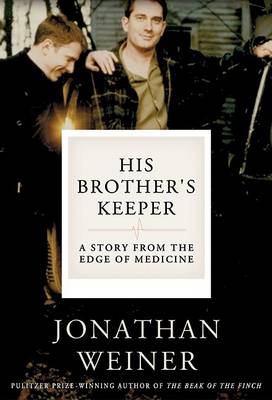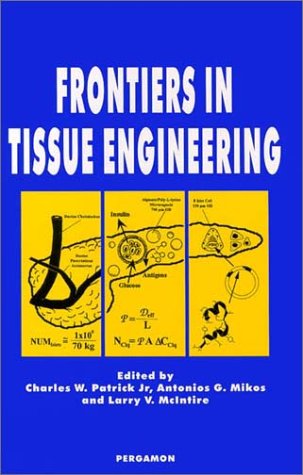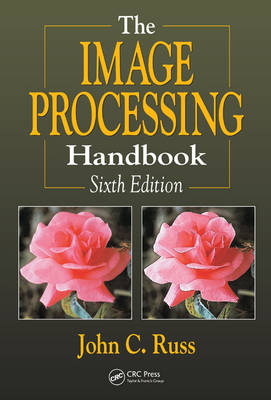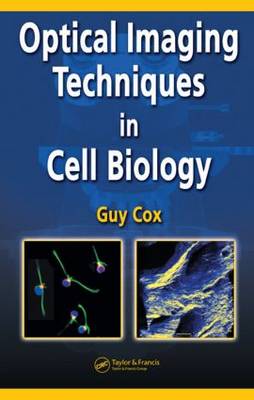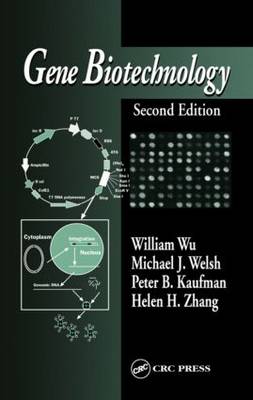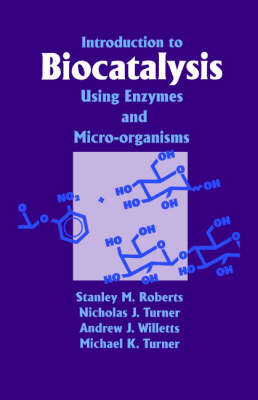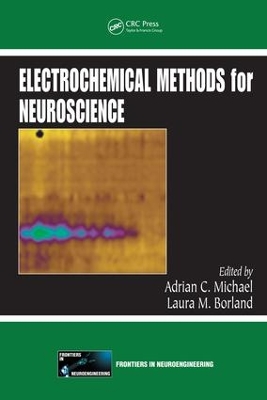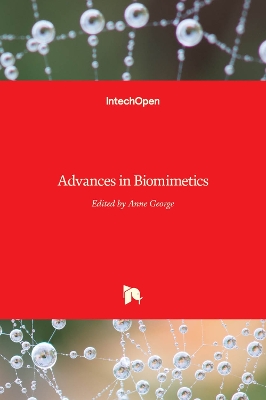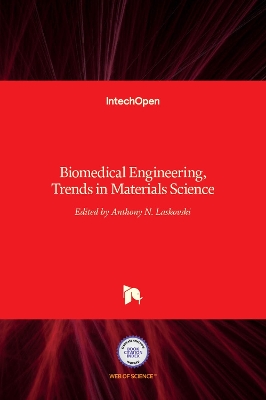Translating Biomaterials for Bone Graft
Translating Biomaterials for Bone Graft: Bench-top to Clinical Applications brings together the current translational research in bone tissue engineering, from design to application - from materials, drugs and biologic delivery used for bone graft applications to pre-clinical and clinical considerations. The book also discusses the regulatory approval pathways, which involves consideration of the class of devices; whether they are similar to existing solutions, minimal manipulation of donor tiss...
Children and Youth Assisted by Medical Technology in Educational Settings
This manual provides guidelines for working with a range of students including those who have HIV-infect ion, rely on a ventilator, utilise tube-feeding or require c atheterisation. It also covers the pertinent legal requireme nts. '
Health Care Engineering, Part II (Synthesis Lectures on Biomedical Engineering)
by Monique Frize
Cell Mechanics (Chapman & Hall/CRC Mathematical and Computational Biology)
Ubiquitous and fundamental in cell mechanics, multiscale problems can arise in the growth of tumors, embryogenesis, tissue engineering, and more. Cell Mechanics: From Single Scale-Based Models to Multiscale Modeling brings together new insight and research on mechanical, mathematical, physical, and biological approaches for simulating the behavior of cells, specifically tumor cells. In the first part of the text, the book discusses the powerful tool of microrheology for investigating cell mec...
As the first comprehensive title on network biology, this book covers a wide range of subjects including scientific fundamentals (graphs, networks, etc) of network biology, construction and analysis of biological networks, methods for identifying crucial nodes in biological networks, link prediction, flow analysis, network dynamics, evolution, simulation and control, ecological networks, social networks, molecular and cellular networks, network pharmacology and network toxicology, big data anal...
Physical Chemistry for Engineering and Applied Sciences
by Frank R. Foulkes
Physical Chemistry for Engineering and Applied Sciences is the product of over 30 years of teaching first-year Physical Chemistry as part of the Faculty of Applied Science and Engineering at the University of Toronto. Designed to be as rigorous as compatible with a first-year student's ability to understand, the text presents detailed step-by-step
Process Development in Antibiotic Fermentations (Cambridge Studies in Biotechnology)
by C. T. Calam
Process development in antibiotic fermentation is of microbiological and commercial importance and this book gives a consistent treatment of the area. It is divided into three parts: the first deals with the scientific background to the subject, the second with process development in the laboratory and the third with industrial fermentation plants and pilot plants. The discussion shows how problems change as processes are scaled up and yields increase. The book is written from a practical angle...
Neurotechnology (Advances in Neurotechnology)
New technologies that allow us to investigate mechanisms and functions of the brain have shown considerable promise in treating brain disease and injury. These emerging technologies also provide a means to assess and manipulate human consciousness, cognitions, emotions, and behaviors, bringing with them the potential to transform society. Neurotechnology: Premises, Potential, and Problems explores the technical, moral, legal, and sociopolitical issues that arise in and from today’s applications...
The major issues relating to environmental sustainability such as a heavy dependency on fossil fuels, increased greenhouse gas emissions, pollution, global warming and climate change have prompted many efforts around the globe to seek alternative energy sources that have negligible environmental impacts and societal benefits. There is an immense interest in biofuels research throughout the world owing to its massive potential to address environmental concerns. Biofuels have the capacity to suppl...
With the latest advances in analytical technologies, most biological products can now be extensively characterized in terms of their identity, heterogeneity and impurity profile. The currently available analytical methods (both physicochemical and biological) can characterize the primary, secondary and to some extent, the higher order structure of proteins. The sensitivity and selectivity of these methods allow for the identification and characterization not only of the desired protein component...
A Revolution in Biotechnology
A Revolution in Biotechnology is an indispensable reference book on one of the most exciting and fast moving areas of modern science. The text is written by a team of leading figures in the field for non-specialist readers, and is illustrated throughout with diagrams and photographs, many in colour. We depend on living organisms for food, for medicines, and for a vast array of the chemicals that make modern life possible. A Revolution in Biotechnology tells how recent developments in basic resea...
Smart Polymers for Bioseparation and Bioprocessing
Smart polymers are macromolecules capable of undergoing rapid, reversible phase transitions from a hydrophilic to a hydrophobic microstructure when triggered by small changes in their immediate environment, such as slight variations in temperature, pH or ionic strength. Until now, it has always been considered that polymers are passive participants within the Bioseparation procedure. Smart Polymers for Bioseparation and Bioprocessing addresses an entirely novel theory that advocates a much more...
Frontiers in Tissue Engineering
by C.W. Patrick Jr, A.G. Mikos, and L.V. McIntire
A compilation of contributions from an international authorship in the diverse subjects that make up tissue engineering, this book is divided into three parts: fundamentals and methods of tissue engineering, tissue engineering applied to specialised tissues, and tissue engineering applied to organs. The text offers many novel approaches, including a detailed coverage of cell-tissue interactions at cellular and molecular levels; cell-tissue surface, biochemical, and mechanical environments; bioma...
Fusion Protein Technologies for Biopharmaceuticals
This book presents the state-of-the-art for development of fusion proteins, demonstrates current concepts, describes multiple applications, and discusses typical challenges linked to these molecules. It overviews the multitude of possibilities to design novel protein drugs while balancing between proven concepts and new ideas that have not reached the clinic yet. The book is structured into three larger parts. First general issues and concepts are discussed before in the second part examples on...
Whether obtained by microscopes, space probes, or the human eye, the same basic tools can be applied to acquire, process, and analyze the data contained in images. Ideal for self study, The Image Processing Handbook, Sixth Edition, first published in 1992, raises the bar once again as the gold-standard reference on this subject. Using extensive new illustrations and diagrams, it offers a logically organized exploration of the important relationship between 2D images and the 3D structures they re...
Since the word microscopy was coined in 1656, the evolution of the instrument has had a long and convoluted history. Plagued with problems of chromatic aberration, spherical aberration, and challenges with illumination and resolution, the microscope’s technical progression happened in a series of fits and starts until the late 19th century. After Ernst Abbe perfected the “how” of lens design, achieving the theoretical limit imposed by wavelength, there came a revolution in subject matter or “wha...
Gene Biotechnology, Second Edition
by William Wu, Helen H Zhang, Michael J Welsh, and Peter B. Kaufman
Many scientists find themselves working in the laboratory without sufficient background in current biotechnology methods. Others want to keep up with the revolution in biotechnology and the flood of new methodologies. This book provides a solution for both: a multidisciplinary approach to the methods essential to biotechnical development. Covering state-of-the-art technologies and a broad range of practical applications, the Second Edition of Gene Biotechnology presents information that resear...
Introduction to Biocatalysis Using Enzymes and Microorganisms
by S. M. Roberts, Nicholas J. Turner, Andrew J. Willetts, and Michael K. Turner
This is an introductory text intended to give the non-specialist a comprehensive insight into the science of biotransformations. The book traces the history of biotransformations, clearly spells out the pros and cons of conducting enzyme-mediated versus whole-cell bioconversions, and gives a variety of examples wherein the bio-reaction is a key element in a reaction sequence leading from cheap starting materials to valuable end-products (such as pharmaceuticals and agrochemicals, fragrances and...
Electrochemical Methods for Neuroscience (Frontiers in Neuroengineering)
Since the first implant of a carbon microelectrode in a rat 35 years ago, there have been substantial advances in the sensitivity, selectivity and temporal resolution of electrochemical techniques. Today, these methods provide neurochemical information that is not accessible by other means. The growing recognition of the versatility of electrochemi
Advances in Biomimetics
Biomedical Engineering
